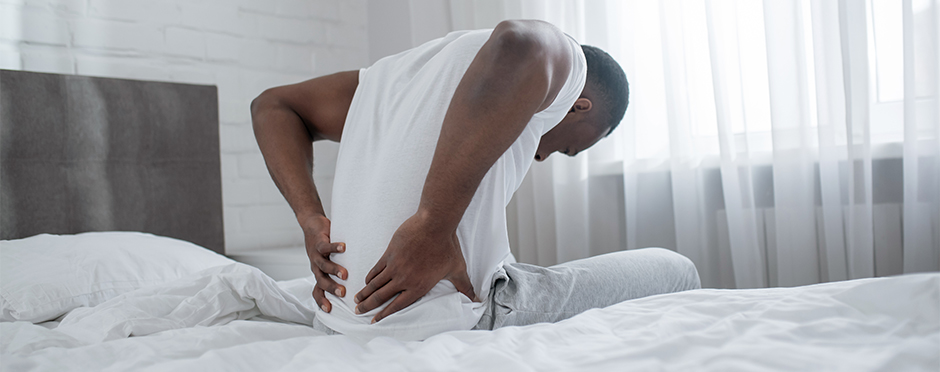
Back Pain Quiz: Put Your Knowledge to the Test!
Leave a CommentBack pain is one of the most common conditions that physical therapists treat. It can occur from a variety of reasons, and impact each person differently, but one thing is for sure – no one wants it. If left untreated, back pain can get in the way of daily activities such as work, exercising, and spending time with family and friends. How much do you know about back pain? Put your knowledge to the test with the following quiz!
If you’d like to learn more about your back pain and how physical therapy can help, call your local Athletico clinic today and request a Free Assessment. Free assessments are available in-clinic and virtually through our telehealth platform.
*Per federal guidelines, beneficiaries of plans such as Medicare, Medicaid, Tricare, VHA and other federally funded plans are not eligible for free assessments.
The Athletico blog is an educational resource written by Athletico employees. Athletico bloggers are licensed professionals who abide by the code of ethics outlined by their respective professional associations. The content published in blog posts represents the opinion of the individual author based on their expertise and experience. The content provided in this blog is for informational purposes only, does not constitute medical advice and should not be relied on for making personal health decisions.
References:
1. Urits, I., Burshtein, A., Sharma, M. et al. Low Back Pain, a Comprehensive Review: Pathophysiology, Diagnosis, and Treatment. Curr Pain Headache Rep 23, 23 (2019). https://doi.org/10.1007/s11916-019-0757-1
2. Bialosky, J., George, S., Bishop, M. How Spinal Manipulative Therapy Works: Why Ask Why?. J Orthop Sports Phys Ther. 2008;38(6):293–295. doi:10.2519/jospt.2008.0118
3. Owen PJ, Miller CT, Mundell NL, et al
Which specific modes of exercise training are most effective for treating low back pain? Network meta-analysis
British Journal of Sports Medicine 2020;54:1279-1287.
4. Oliveira, C.B., Maher, C.G., Pinto, R.Z. et al. Clinical practice guidelines for the management of non-specific low back pain in primary care: an updated overview. Eur Spine J 27, 2791–2803 (2018). https://doi.org/10.1007/s00586-018-5673-2
5. Hu HT, Gao H, Ma RJ, Zhao XF, Tian HF, Li L. Is dry needling effective for low back pain?: A systematic review and PRISMA-compliant meta-analysis. Medicine (Baltimore). 2018 Jun;97(26):e11225. doi: 10.1097/MD.0000000000011225. PMID: 29952980; PMCID: PMC6242300.
6. Shipton, E.A. Physical Therapy Approaches in the Treatment of Low Back Pain. Pain Ther 7, 127–137 (2018). https://doi.org/10.1007/s40122-018-0105-x
7. Schott C, Zirke S, Schmelzle JM, Kaiser C, Fernández LAI. Effectiveness of lumbar orthoses in low back pain: Review of the literature and our results. Orthop Rev (Pavia). 2018 Dec 6;10(4):7791. doi: 10.4081/or.2018.7791. PMID: 30662686; PMCID: PMC6315306.
